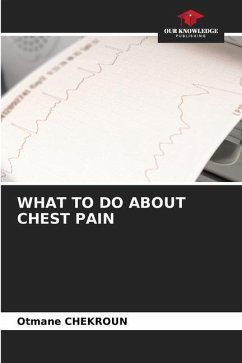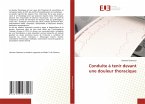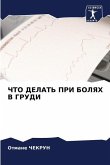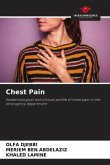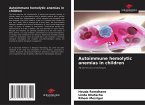Chest pain is a very frequent cause of consultation, accounting for over 50% of hospital admissions in cardiology.The vast majority of intra- thoracic organs, from the skin to the heart and oesophagus, as well as several extra- thoracic organs, can be responsible for chest pain. In the emergency setting, the priority is to evoke pain linked to life-threatening pathologies: acute coronary syndrome (ACS), pulmonary embolism (PE), compressive pneumothorax (PNO), aortic tamponade and dissection, oesophageal perforation. The role of the emergency physician is to diagnose chest pain as quickly as possible by means of questioning, clinical examination and ECG, and to ensure immediate revascularization by in-hospital thrombolysis, especially when performed within the first twelve hours of the infarction, provided that contraindications are respected (recent internal hemorrhage, history of cerebral hemorrhage, neurosurgical intervention or recent head trauma).
Bitte wählen Sie Ihr Anliegen aus.
Rechnungen
Retourenschein anfordern
Bestellstatus
Storno

